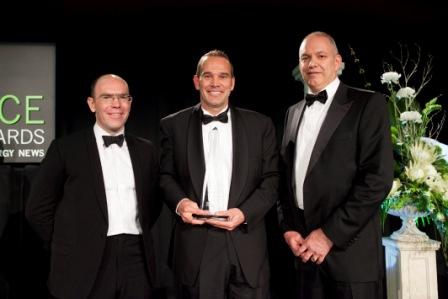 Drilling and energy services company MB Century says a rising trend in accident rates in 2009 meant the company was heading for a fatality and was at risk of losing contracts as its health and safety statistics fell below industry standard.
Drilling and energy services company MB Century says a rising trend in accident rates in 2009 meant the company was heading for a fatality and was at risk of losing contracts as its health and safety statistics fell below industry standard.
The company started an aggressive campaign to change the safety culture of its New Zealand workforce and targeted 40 initiatives, in conjunction with clients, to better identify hazards and reduce them long- term.
The measures have paid off, enabling the company to achieve a complete turnaround in health and safety performance within a year. Frequency rates of all incidents, ranging from lost-time injury accidents to total recordable cases, dropped sharply in the year to December.
MB Century is now proud to report an excellent health and safety record that is continuing to improve, reflecting the move towards a "way of life" health and safety culture for the business. The company is now considered an industry leader in health and safety performance, with other operators looking to mimic its practices.
MB Century's focus on safety saw it review a series of long-standing practices to minimise risk on its sites.
It undertook a comprehensive study of fatigue in the drilling industry, finding that this had been a problem area for some time. As a result, start times and roster patterns for both junior and senior crews on Drilling Rigs 16 and 27 were amended to improve rest times.
Nga Awa Purua
A contract to build 10 kilometres of pipeline for the Nga Awa Purua geothermal development also challenged its new safety focus.
Recognising the dangers of the tight work deadlines, all-weather construction and the risk of high H2S concentrations in confined spaces, the company designed the work to minimise the number of times crew that would have to re-enter pipes to complete or check welds.
It adopted the sub-arc welding process using automated spooling stations wherever possible, and bought RMD (regulated metal deposition) welding equipment for other applications. Those options almost eliminated confined space entry work. Productivity improved, weld rejection rates plunged and 100,000 man-hours were worked with no lost time injuries or illnesses reported.
MB Century is continuing to build on the 40 targets it set itself. Having achieved a step-change from `reactive' to `proactive' on the Patrick Goodson Culture Maturity Ladder, it is now working steadily towards `resilient'.
The company's health and safety systems have been accredited to ISO 9001:2008 standard, while it also obtained accreditation to the ACC Work Place Safety Management System at a secondary level on its first attempt.
Comprehensive hazard registers are in place across all business units, a new permit-to-work system has been written, as have plans for environmental spills.
Managers are now held accountable for their own units' health and safety objectives. Specific training aimed at executive level has been implemented including the "Taproot" system for investigating the deeper underlying factors in accidents.
Staff are engaged through the use of hazard observation cards (HAZOB), safe behaviour observation cards (SBO), and suggestions for improvements (SFI).
As a result of a HAZOB card, MB Century has altered light stands on containers so they can be raised from the ground, eliminating the risk of falls. A similar risk has prompted the company to re-fit exhaust mufflers within generator shacks, an initiative that will also save time and craneage during rig moves.
In 2011 the Excellence in Health and Safety Award category was sponsored by Siemens